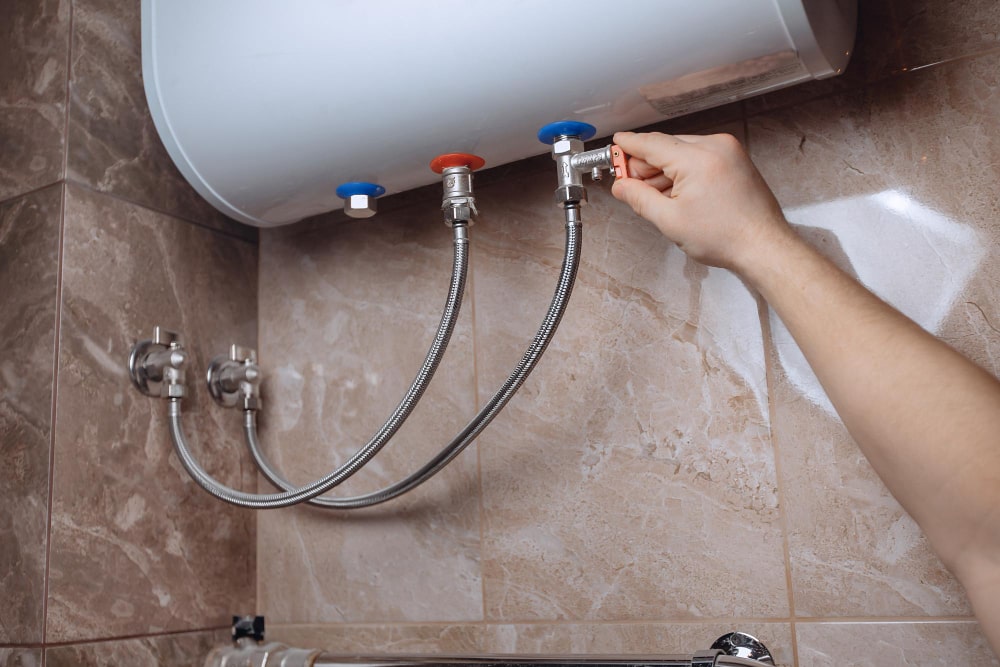Any individual will have their private perception involving Tips on Maintaining a Water Heater.

Hot water is necessary for daily convenience, whether it's for a refreshing shower or cleaning dishes. To guarantee your warm water system runs effectively and lasts much longer, regular upkeep is key. This post provides practical pointers and understandings on how to maintain your home's warm water system to prevent disruptions and expensive repairs.
Intro
Maintaining your home's warm water system may appear difficult, but with a couple of simple actions, you can ensure it runs efficiently for several years to come. This overview covers everything from recognizing your hot water system to do it yourself maintenance ideas and recognizing when to hire specialist help.
Value of Maintaining Your Warm Water System
Regular maintenance not just expands the life expectancy of your warm water system yet also ensures it operates successfully. Neglecting maintenance can cause lowered efficiency, higher energy costs, and also premature failure of the system.
Indications Your Warm Water System Demands Upkeep
Knowing when your hot water system needs attention can avoid significant concerns. Watch out for indications such as irregular water temperature level, weird noises from the heater, or rusty water.
Flushing the Water Heater
Flushing your hot water heater eliminates debris build-up, enhancing effectiveness and extending its life.
Checking and Replacing Anode Rods
Anode rods avoid rust inside the storage tank. Examining and replacing them when worn out is essential.
Complex Issues Requiring Professional Help
Examples include major leaks, electric issues, or if your water heater is consistently underperforming.
Regular Specialist Upkeep Conveniences
Specialist upkeep can consist of complete evaluations, tune-ups, and ensuring compliance with safety and security criteria.
Checking and Adjusting Temperature Level Settings
Adjusting the temperature setups ensures optimum performance and safety.
Do It Yourself Tips for Upkeep
You can execute a number of maintenance tasks on your own to maintain your hot water system in top condition.
Looking for Leakages
Frequently examine pipes and links for leakages, as these can result in water damage and greater expenses.
Understanding Your Warm Water System
Before diving into upkeep jobs, it's useful to understand the fundamental components of your warm water system. Normally, this consists of the water heater itself, pipes, anode poles, and temperature controls.
Regular Monthly Maintenance Tasks
Regular month-to-month checks can aid capture minor issues prior to they rise.
Checking Pressure Alleviation Valves
Examining the stress relief valve guarantees it operates appropriately and prevents too much stress buildup.
Insulating Pipelines
Protecting warm water pipes decreases heat loss and can save energy.
When to Call a Specialist
While do it yourself maintenance is advantageous, some concerns call for professional knowledge.
Conclusion
Routine upkeep of your home's warm water system is necessary for effectiveness, durability, and expense financial savings. By complying with these tips and recognizing when to seek professional aid, you can guarantee a dependable supply of warm water without unforeseen disruptions.
How to Maintain an Instant Hot Water Heater
Before tinkering with your hot water heater, make sure that it’s not powered on. You also have to turn off the main circuit breaker and shut off the main gas line to prevent accidents. Also turn off the water valves connected to your unit to prevent water from flowing into and out of the appliance. 2. When you’re done, you have to detach the purge valves’ caps. These look like the letter “T” and are situated on either side of the water valves. Doing so will release any pressure that has accumulated inside the valves while at the same time avoid hot water from shooting out and burning your skin. 3. When the purge valves’ caps are removed, you have to connect your hosing lines to the valves. Your unit should have come with three hoses but if it didn’t, you can purchase these things from any hardware or home repair shops. You can also get them from retail stores that sell water heating systems. Read the user’s manual and follow it to complete this task properly. When the hosing lines are connected, open the purge port’s valves. 4. You should never use harsh chemical cleaners or solutions when cleaning your unit. Make use of white vinegar instead. It should be undiluted and you’ll probably use about 2 gallons. 5. Now flush your water heater. This task should probably take about 40 minutes. We can’t give you specific directions for this because the procedure is carried out depending on the type, model and brand of your heater. With that being said, refer to the user’s manual. 6. When you’re done draining the unit, you have to turn off the purge port valves again. Remove the hosing lines that you earlier installed on each of the water valves. Put the valve caps (purge port) back in their respective places and be very careful so as not to damage the rubber discs that are found inside these caps. 7. Now that everything’s back in place, check your user’s manual again to find out how to reactivate your water heating system. 8. Once it is working, turn one of your hot water faucets on just to let air pass through the heater’s water supply pipes. Leave the tap on until water flows smoothly out of it. https://www.orrplumbing.com/blog/2014/september/how-to-maintain-an-instant-hot-water-heater/

I stumbled upon that post about What Kind of Maintenance Do Water Heaters Need? while doing a lookup on the search engines. Loved our content? Please share it. Help someone else find it. I take joy in your readership.
Visit Url